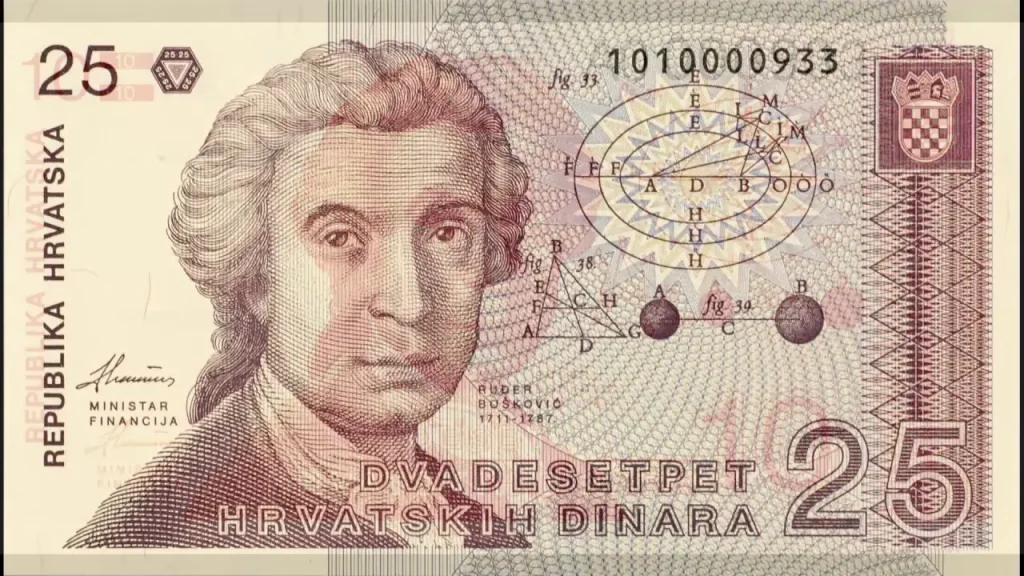As Poslovni Dnevnik writes, while looking for a place where the Croatian kuna will be stored when the euro becomes the official currency in the Republic of Croatia – the RTL team wondered if there could be any more more Croatian dinars which were withdrawn in 1994, and if so, where might they be?
In their search, they finally came to quite the concrete answer – there are almost a million banknotes bearing the image of Croatian scientist Rudjer Boskovic that are kept in the country, more precisely at Croatian Nobles’ Square (Trg hrvatskih velikana) and you can still purchase them if you’re into coin collecting for quite a fair price.
You can buy all these Croatian dinars (banknotes) in a folder for just 312 kuna and fifty lipa. However, the total amount of Croatian dinars that have been in circulation for four years is incomparably higher, and they’re more than likely still stuffed under various mattresses and in forgotten shoeboxes in homes across the country.
On the face of each Croatian dinar banknote was the figure of the famous Dubrovnik-born (then the Republic of Ragusa) scientist Rudjer Boskovic. On the back of the banknotes of up to 1,000 Croatian dinars was a picture of the Zagreb Cathedral, and on the others was a picture of Mestrovic’s famous sculpture “History of the Croats/Povijest Hrvata”.
Although they can no longer be exchanged or redeemed, these old Croatian dinars are kept, much like the current Croatian kuna will be, in the vault of the Croatian National Bank., and when the kuna, with the arrival of the euro, follows in the footsteps of the dinar into the history books, it will be taken care of in an even stricter way.
For more, check out our dedicated lifestyle section.










